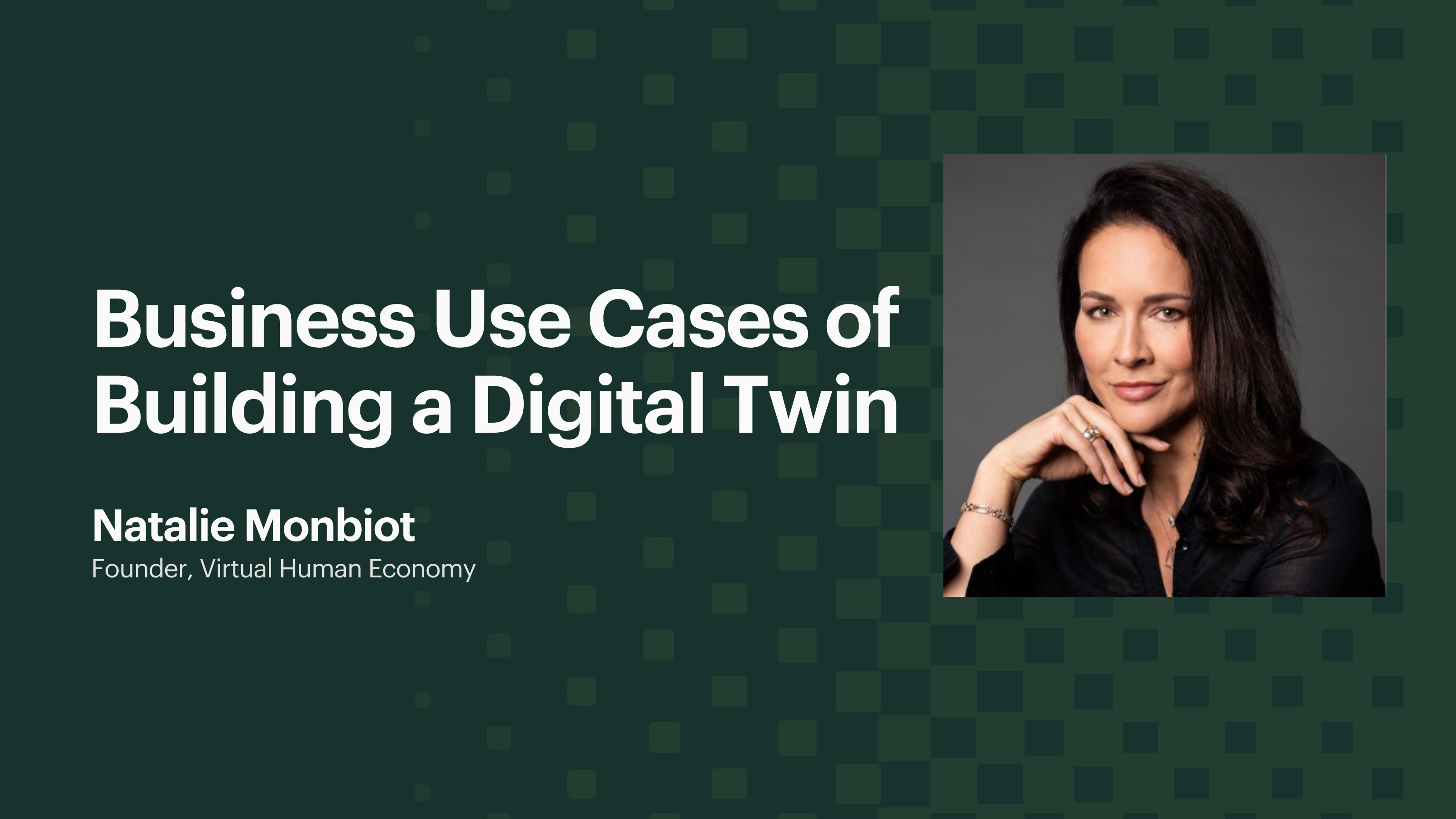As businesses look to grow and scale, they are often faced with challenges. Be it hiring, finance, branding, or content, business challenges never stop. Building an in-house team is often preferred but is nothing short of a herculean task. Many companies are now moving towards fractional on-demand professionals and working with small teams without hiring multiple in-house members.
Wizly makes it easy for businesses to connect with top professionals around the world in just a few clicks! Businesses can book a call, send a message, ask a direct question, or post a doubt in the Wizly community, all through the Wizly platform. One of the key features of the platform is Insights, which are audio tips and tricks shared by growth professionals- they are mini playbooks. These insights cover precise challenges that businesses face, and the platform, powered by a vetted community of high-skilled professionals, can help them overcome any business challenge.
Here’s a roundup of the recent insights from some of the top Wizly growth professionals in April.
Nailing your startup sales elevator pitch — by Mitchell Posada
Mitchell Posada is the co-founder and CEO of Founder Advisors and has created and continues to expand and maintain a network of angels, VC funds and enterprise leaders to support founders at the Pre-Seed to Series A stage.
In his insight on Wizly, he talks about how to nail your startup sales elevator pitch to an actual customer prospect. Here’s an excerpt from his insight:
“I am going to talk about nailing your sales elevator pitch to an actual customer prospect. In other words, that first impression where you have about 20—60 seconds to hook your prospect into wanting to learn more about what you're selling.
Part 1: You have to make sure you have the right customer in the room. There's a prevailing concept in sales of an ideal customer profile, which is a fictitious description of the ideal types of companies that would get the most value from your brand's products or solutions. So ask yourself, who you're about to give your sales elevator pitch to, are they an ideal customer? Some of the key attributes to consider are industry, company size, number of employees, estimated revenue, and business model. So whether they are B2B, B2C, SaaS, or a marketplace, then the tech stack is often a very good indicator of your ideal customer profile. There are other factors as well such as, such as geography, organizational type, number of branches, and company pain points, which is one of the key attributes to zeroing on and hardest to identify.
Part 2: Make sure you have the right buyer in the room. Another prevailing concept to understand is that of a buyer persona. Rather than being the fictitious representation of the ideal companies that will buy from you, a buyer persona is an idealized and somewhat semi-fictional person who represents the ideal customer of your brand. That is the person interacting or making the buying decision to use your product or services. So you start with an ideal customer profile, and then you identify the buyer persona. Therefore, determine if the person you're talking to mostly fits the buyer persona you define. Carry on until you know if they are a fit or not. If they aren’t, you should convince that person to help identify who that person is and pitch to them.
Now that you have identified that you are talking to the right representative in the right company, you need to get your messaging and positioning to the point that that ideal customer profile and buyer persona will really care about how quickly they can actually get started with you. Most often, you hear incredibly long explanations with too many benefits strung together when people describe what their business is all about. For the pitch, always challenge yourself to shorten the benefits and value proposition by focusing on just one idea. Write down that one sentence specifically around the benefits your product and or service delivers. You can always end up with two, potentially even three, but the task is to try to narrow it down.
The simpler the messaging, the better!”

Get organizational alignment on your branding & positioning — by Abhishek Ratna
Abhishek Ratna was previously the core product marketing lead at Google, where he defined core positioning & messaging and drove product launches for multiple AI & ML technologies. Abhishek comes with over a decade of experience building effective teams, landing positioning & branding, and much more.
In his insight on Wizly, he discusses how companies can get organizational alignment on branding and positioning after building a meaningful brand structure and core positioning. Here’s an excerpt from his insight:
"When it comes to defining positioning and messaging that works, marketers are often in charge of creating these. However, unless and until your larger organization or stakeholders do not sign off on these, your job is only half done. Non-marketers often look to us as the team with the most insight into customers. The more grounded our messaging is in customer research, the more likely we are to get buy-in and alignment.
Here are some tips that you can use to get alignment with your non-marketing stakeholders:
- Show them data and research on consumer behaviour and the effectiveness of the messaging in question
- Share success stories from other companies who have used similar messaging and seen positive results
- Collaborate and gather feedback early from product managers and engineers to ensure that the messaging aligns with the product and its goals
- Communicate the potential risks of not using the suggested messaging, such as missing out on potential customers for not accurately representing the product
With these four steps, you can expect a good amount of traction and trust from your non-marketing peers.”

How to pitch to the media — by Lynda Williams
Lynda Williams is a communications expert & educator and is a business and executive coach at Hack Your Own PR, a PR education program teaching small business owners and entrepreneurs how to do their own PR. She is an expert on Wizly and advises on communication techniques, confidence building and finding your purpose.
In her insight on Wizly, she talks about the key things to know before businesses pitch to the media for their PR strategy. Here’s an excerpt from her insight:
“So, how do you pitch to the media? First of all, you need to understand who the target audience is for your company and what they are reading and listening to. It could be podcasts, newspapers, or digital magazines. Once you understand that, you can start compiling your media list. Next, you really need to have your key messaging on hand about your brand. Then you need to formulate your unique selling points (USPs) as to why your brand is different from all the competitors out there.
From there, you can refine your unique angles for that specific media outlet. It's essential that you know what the agenda is for each individual media outlet — don't spray and pray. For each pitch you send, make sure it's relevant and personalized for that specific journalist and that you understand what they like to write about. Last but not least, make sure you have great photography on hand.
A story will be unlikely to run if you do not have really good photography.”

Customer Personas — by Shruti Sharma
Shruti Sharma is a customer experience advisor and consultant for SaaS organizations with a combined experience of 20+ years in product, sales engineering, and customer success. Shruti runs her own consultancy that helps companies establish a first-class customer experience, leading to high retention.
In her insight on Wizly, she deep dives into customer personas and how customer segmentation is extremely critical at all stages of a business. Here’s an excerpt from her insight:
“I recently worked with a client to define their customer personas and realized quickly how impactful this exercise can be at any stage for a company. Here’s how we did it:
- Collect qualitative data and insights through customer interviews
- Identify the themes of the behaviours and goals for each customer persona type
- Recognize the patterns and summarize the customer persona
Once we identified the personas, we recommended a few key areas as a business that they should really focus on. With customer personas, you might learn something you actually never knew about your customer or invalidate an assumption that was completely inaccurate. As your product is evolving and as you continue to scale, check in on those personas and let them guide you at all stages of your business. This will also impact operations and how you serve these customers.
Remember, it's never too late or too early to really define those personas and that client profile.”

Solving Business Challenges With Wizly
Growing a business isn’t easy, and challenges are aplenty, but Wizly makes it easier to solve them. With a vetted pool of 300+ professionals spanning 20+ countries and decades of experience, Wizly ensures your questions are answered and challenges are solved. Connect with professionals that have worked with companies like Google, Canva, Meta, and Twitter, with 70% holding director-level positions and above. With Wizly professionals, businesses can truly catalyze their growth.
Want to know how? Join the Wizly community or sign up and reach out to top professionals from around the world.

.jpg)


